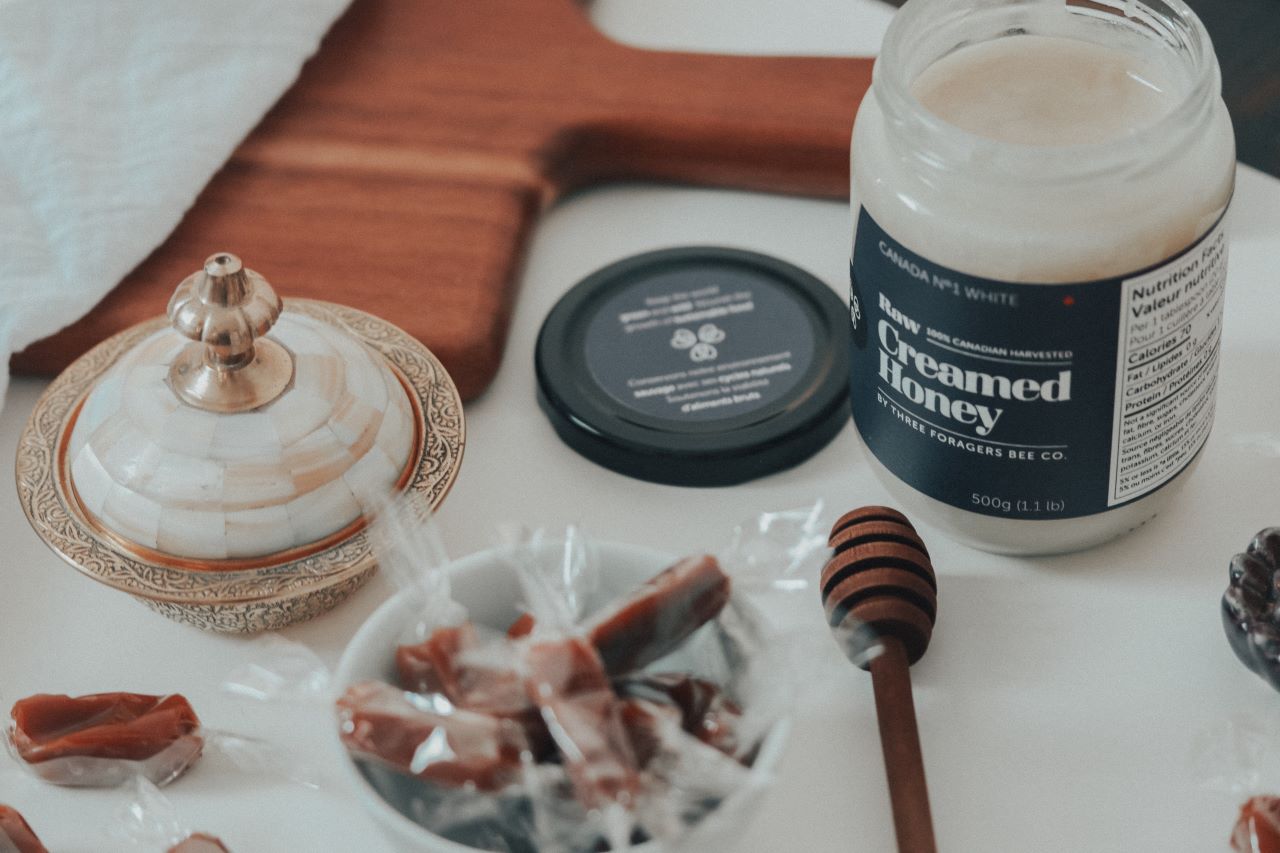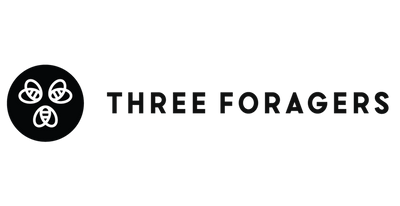

· By Three Foragers
Do You Know The Difference Between Creamed And Raw Honey?
If you love honey, you probably know that it comes in different forms. Most grocery stores carry pasteurized honey which has been processed to give it a golden transparent color and liquid consistency. This process removes the natural yeast and a lot of beneficial enzymes along with it. Our honey is raw and pure, straight from the hive. There are so many wonderful benefits of eating raw honey, you may wonder why we would make anything else! However, if you visit our shop page, you’ll see that our raw honey is also "creamed". So what’s does it mean when you have creamed vs raw honey?
Raw Honey Comes Straight From The Hive
Imagine that you saw a beehive, opened it up, and collected the honey. This is exactly what raw honey is. Now, we don’t recommend that you actually do this. The bees won’t be too happy about having an unexpected guest and you’ll probably get stung. Just leave the honey collecting to us!
Before bottling raw honey, we just strain it to remove any major impurities like beeswax. Raw honey is an indication of the nutritional value of the honey. Raw honey is not heat-treated and will retain all of its natural benefits, including the pollen, live enzymes, vitamins, minerals, antioxidants, and so forth. This is contrasted with pasteurized honey which is heated to high temperatures to remove any crystallization and ultra-filtered to remove any impurities including pollen that might trigger crystallization later on. Pasteurized honey often doesn't have any nutritional benefits because they have all been destroyed from the heating process and filtered out.
If you leave your jar of raw honey sitting on the counter for too long, you’ll probably notice that it will start to solidify. This is a completely natural thing for honey to do, and it is called crystallization. The honey crystals will make your honey thick and grainy, but don’t worry—it’s still safe to eat. Many people prefer crystallized honey over liquid honey! It’s all about personal preference.
Raw Creamed Honey Has An Extra Step
After collecting and straining raw honey from the hive, we throw it in a honey creamer. A honey creamer is essentially a big tank with an auger that spins liquid honey periodically over a few days. Honey naturally wants to crystallize in the tank but by stirring it we interfere with the crystallization process. This allows us to control the size of the crystals. The smaller the crystal, the smoother and creamier the honey. Creamed honey has a smooth, sumptuous texture that is perfect as a spread but preserves the goodness of raw honey.
The source of flower nectar for honey has a huge impact on how it crystallizes too! Some flowers create smooth honeys by themselves, while other flowers create honeys that take a very long time to crystallize.
How To Decrystallize Honey
If you have some crystallized honey that you’d like to return to its original liquid state, follow these instructions: Warm up a shallow amount of water in a pot. Place your jar of honey in the pot and keep it there until it turns back into a liquid. Be careful not to overheat the honey! Keeping your raw honey under a temperature of 37°C will prevent any pasteurization from happening. Over time your honey may re-crystallize, but don’t worry, just follow these steps again.
If ever you find raw honey to be too hard just place your jar or container of honey in the oven with just the oven light on overnight. The next morning your jar of hard honey will be soft!
Honey is all about preference. Different flowers offer different tastes, textures, and rates of crystallization. Our raw honey comes from the nectar of alfalfa flowers, with a pinch of sweet clover and wildflowers. When the honey isn't creamed, it ends up being very dry and hard and can be difficult to get out of the jar, so we cream the honey so that you get the best of two worlds - raw, super nutrition and soft, creamy texture. The taste is light, delicate, and complex, just the way we like it! If you’re looking to try some of our delicious creamed honey, visit our shop!
Share:
1 comment
-
I really enjoyed reading up about honey. I plan to order from you in the future.
Julie Thomas on
